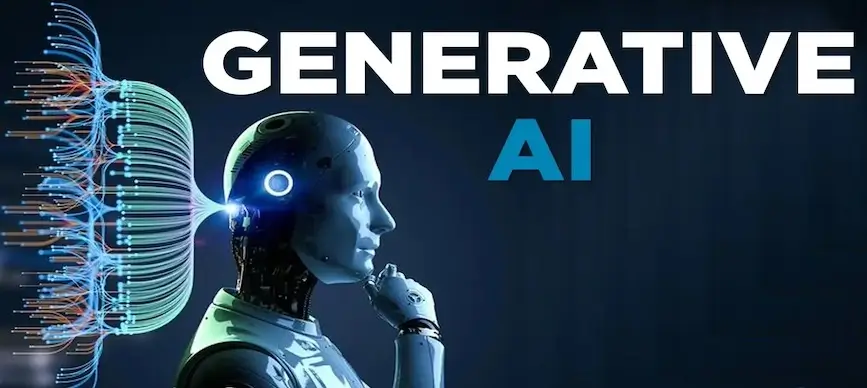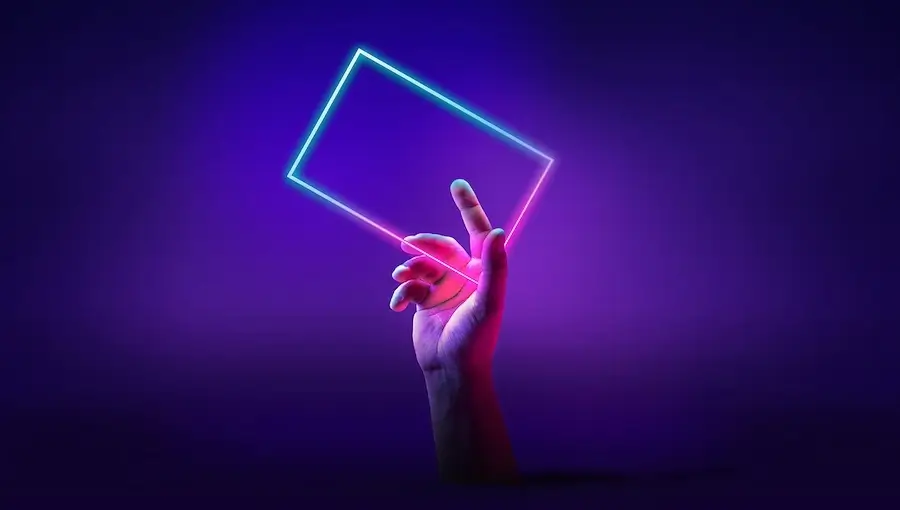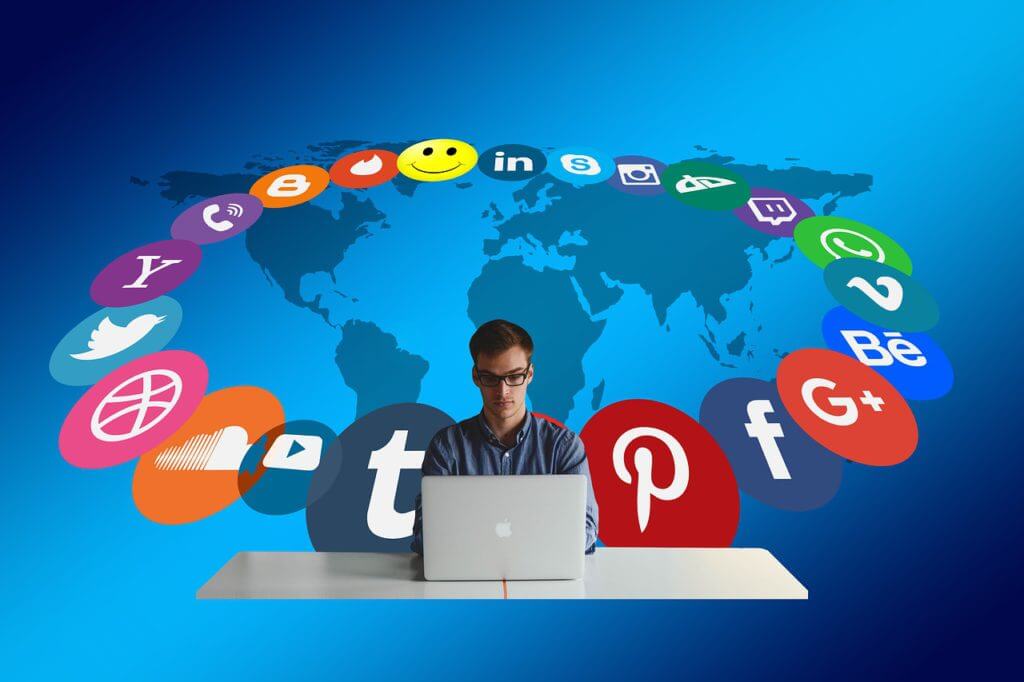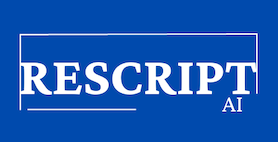What is Generative AI?
Generative AI is a type of artificial intelligence that can create new content, such as text, images, and music. It is trained on large datasets of existing content, and then uses this knowledge to generate new content that is similar in style and quality.
Generative AI is still under development, but it has already been used to create a wide range of impressive applications. For example, generative AI models have been used to:
- Generate realistic images of people, places, and objects that do not exist in the real world.
- Create realistic videos of people speaking and moving, even if the people in the videos have never been filmed before.
- Compose music in a variety of styles, from classical to pop to electronic.
- Write poems, stories, and other creative text formats.
Transformative Applications of Generative AI
1. Content Creation
One of the most prominent applications of generative AI is content creation. It can generate written articles, poetry, artwork, and even music. OpenAI’s GPT-3, for instance, can produce human-like text that is often indistinguishable from content written by humans. This has the potential to revolutionize the creative and media industries, automating content generation and enhancing productivity.
2. Language Translation
Generative AI can significantly improve language translation. Google’s Transformer architecture, powered by generative AI, has made remarkable advancements in real-time language translation. It can translate text, spoken language, and even sign language, bridging communication gaps and fostering cross-cultural understanding.
3. Healthcare
In the healthcare sector, generative AI can assist in medical image analysis, diagnosis, and drug discovery. AI models like Generative Pre-trained Transformer (GPT) can analyze and interpret medical records, aiding healthcare professionals in making more accurate diagnoses and treatment decisions.
4. Art and Design
AI-powered generative art has gained popularity, with programs like DeepDream and AIVA composing music or generating visual artworks. Artists and designers use generative AI to inspire their creative processes and push the boundaries of traditional art forms.
5. Natural Language Processing
Generative AI has made significant strides in natural language processing. It can generate human-like responses in chatbots, making customer service and virtual assistants more conversational and efficient. Furthermore, it can help in the creation of personalized content and recommendations for users.
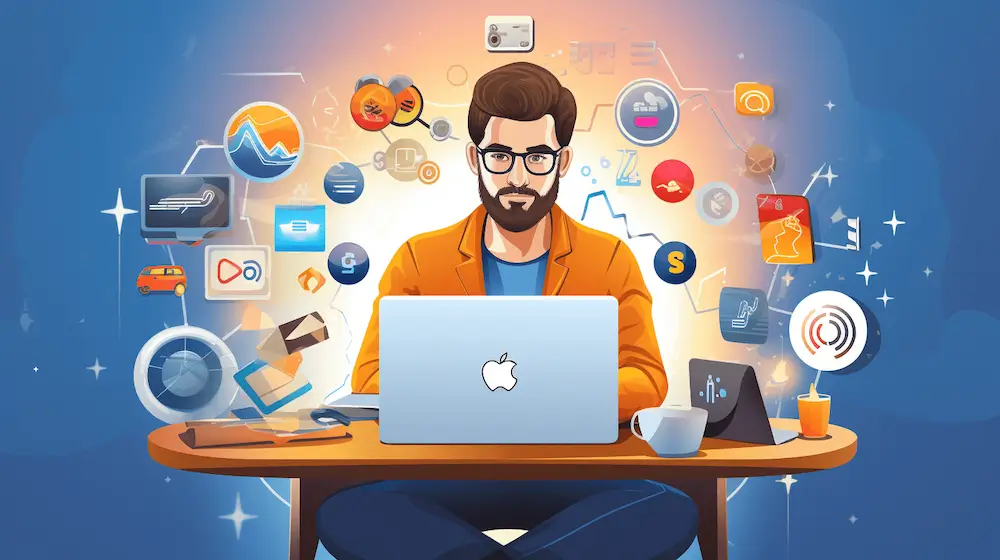
Related:AI Solutions for SEO
How Can Generative AI Change the World?
Generative AI has the potential to revolutionize many industries and aspects of our lives. Here are just a few examples:
- Art and entertainment: Generative AI can be used to create new forms of art and entertainment, such as video games, movies, and music. It can also be used to personalize existing forms of art and entertainment, such as by generating recommendations for movies and music based on a user’s preferences.
- Education: Generative AI can be used to create personalized learning experiences for students. It can also be used to generate educational content, such as practice problems and quizzes.
- Healthcare: Generative AI can be used to develop new drugs and treatments. It can also be used to personalize healthcare for patients, such as by generating treatment plans based on a patient’s individual medical history and risk factors.
- Business: Generative AI can be used to automate a variety of tasks, such as generating marketing copy and product designs. It can also be used to make better business decisions, such as by predicting customer demand and forecasting future trends.
Examples of how generative AI is already being used today:
- DALL-E 2 is a generative AI model that can create realistic images from text descriptions. It has been used to create everything from photorealistic portraits to surreal landscapes.
- Bard is a large language model that can generate text, translate languages, write different kinds of creative content, and answer questions in an informative way. It is being used to develop new products and services, such as chatbots and virtual assistants.
- AlphaFold is a generative AI model that can predict the 3D structure of proteins from their amino acid sequence. This information could be used to develop new drugs and treatments for diseases.
Challenges and Ethical Considerations
While generative AI has the potential to change the world for the better, there are also some challenges and ethical considerations that need to be addressed.
One challenge is that generative AI models can be used to create fake content, such as fake news and propaganda. This is a serious concern, as it could make it more difficult for people to distinguish between fact and fiction.
Another challenge is that generative AI models can be biased. This is because they are trained on datasets of existing content, which may reflect the biases of the people who created that content. If generative AI models are biased, they could generate content that is unfair or discriminatory.
It is important to develop safeguards to address these challenges and ensure that generative AI is used for good. For example, Companies need to develop ways to detect and prevent the spread of fake content and also need to develop ways to mitigate the bias of generative AI models.
Generative AI is a powerful new technology with the potential to change the world for the better.Try our free Generative Ai Rescriptai


